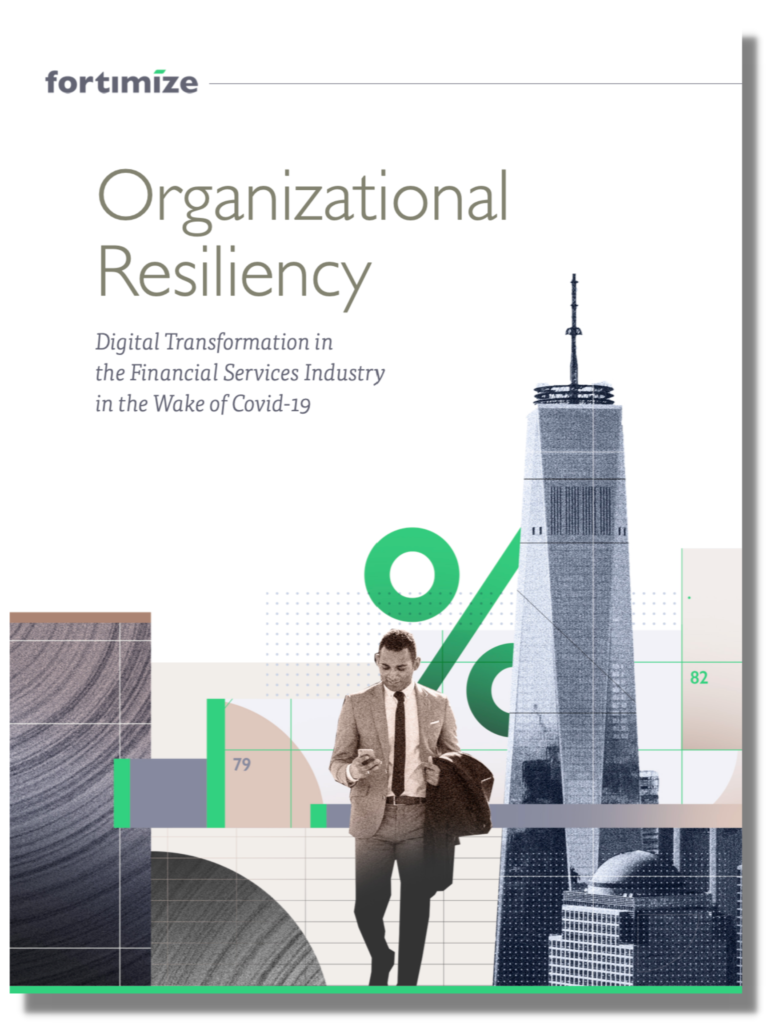The Problem of Data Fragmentation
Impact on Operations
The operational landscape of insurance companies is often marred by inefficiency, a direct consequence of the lack of unified data structures. Employees find themselves entrenched in the laborious task of reconciling and interpreting disparate data sets leading to inefficiencies and do not provide enough time for in-depth analysis. Consequently, this leads to poor decision-making, and the additional resources that are poured into manually integrating and cleansing data inflate the operational costs substantially. Beyond the direct financial implications, this disjointed data environment causes data quality issues and the manual efforts are error prone. Such errors can propagate through the value chain, amplifying the cost impact. In one example, we saw a pervasive reporting issue from a carrier’s claims system cause significant under-reserving because of translation errors within IBNR calculations. Furthermore, this fragmented data picture often conceals trends that, if identified early enough, could be critical in averting potential issues or capitalizing on emerging opportunities, thereby putting insurers at a strategic disadvantage.
The Shift in Perspective: Data as a Strategic Asset
Carriers have resisted the significant investment time, resource, and dollars, preferring to allocate their investment to more immediate returns. Until recently, many insurers, especially smaller ones, have approached data management as a side project. But now with digital transformation and customer experience initiatives taking center stage, many are realizing first-hand the impact poor data quality is having on those efforts. Instead, the industry as a whole has begun to recognize the critical importance of leveraging data as a strategic asset.
The ability to effectively harness the power of data stands as a defining factor for success in the competitive arena of the insurance sector, specifically with enhancing the customer experience and the refinement of risk assessments. On the regulatory front, the importance of effective data management escalates even further. With the advent of stringent regulations like Long Duration Targeted Improvements (LDTI) and the International Financial Reporting Standard 17 (IFRS 17), insurers are compelled to not just reevaluate their enterprise data models but also scrutinize the quality and completeness of the data being produced upstream. Additionally, The evolving landscape of data privacy laws across various states in the United States adds another layer of complexity for insurance companies. With stringent regulations like the California Consumer Privacy Act (CCPA) in California, and similar laws in Virginia, Colorado, Connecticut, and Utah, insurers are mandated to implement strategies that not only protect consumer data but also provide consumers with greater control over their personal information. This regulatory tapestry compels insurance companies to meticulously map out the flow of customer data, enforce strict data handling and processing protocols, and ensure transparency in data practices.
These complex data requirements demand a unified data strategy. Embracing the data strategy becomes not just a means to improve operational capabilities but a cornerstone for innovation itself. This strategic unification enables insurers to leverage emerging technologies such as artificial intelligence and machine learning, which can catalyze the development of new products and services, ultimately transforming the industry landscape.
The Need for Full-Scale Data Initiatives
Crafting the data strategy involves a multifaceted approach that harmonizes the intricacies of technology, governance, and business processes. At the heart of this strategy lies the commitment to data integrity and accessibility, ensuring that data is not only accurate and clean but also readily available to those who need it.
To begin with, a robust data governance framework is indispensable. This framework sets the standards for data quality, security, and compliance across the organization. It establishes clear guidelines for data usage and handling, ensuring that the data lifecycle—from acquisition to archival—is managed with precision and care. A well-defined governance structure also delineates roles and responsibilities, creating a culture of accountability and data stewardship within the company. When looking at data at your organization are you able to consistently answer the following questions?
- What does the data mean?
- Can I trust it?
- How do I find it?
- Where does the data come from?
- Who do I ask?
Next, the data architecture must be designed to support the scalability and complexity of insurance operations. This involves creating a centralized repository, like a data lake and/or warehouse, where data from disparate sources can be aggregated. The architecture should support real time and batch processing, enabling the transformation of raw data into actionable insights. It must be flexible enough to accommodate growth and demand, and the integration of new data sources, such as IoT devices in the case of insurance telematics.
A key component of a data strategy is the adoption of advanced analytics and business intelligence tools. These tools allow insurers to move beyond descriptive analytics, embracing predictive and prescriptive analytics that can forecast trends and model potential outcomes. By applying machine learning algorithms to their data, insurers can uncover patterns and correlations that inform risk assessment, claims processing, and personalized customer offerings.
In parallel with these technical components, insurers must also focus on cultivating a data-centric culture. Training and development programs should be instituted to enhance the data literacy of all employees. This cultural shift empowers employees to leverage data in their decision-making processes, encouraging innovation and enhancing operational efficiency.
Finally, a comprehensive data strategy must be dynamic, and able to adapt to the ever-changing landscape of the insurance industry. It should be regularly reviewed and updated to reflect new regulatory requirements, market conditions, and technological advancements. By ensuring that the data strategy is both resilient and agile, insurers can position themselves to respond swiftly to opportunities and challenges as they arise.
The Future of Insurance Lies in a Data Culture
About the Author

Miguel Edwards
Miguel Edwards, Founder and Principal Consultant at FiveM Consulting boasts over 20 years of experience aiding the insurance sector in achieving efficiency and fostering innovation across distribution, technology, and operations. FiveM Consulting and Fortimize have partnered together to enhance the utilization and adoption of Salesforce and Data & Analytics capabilities within insurance organizations.
